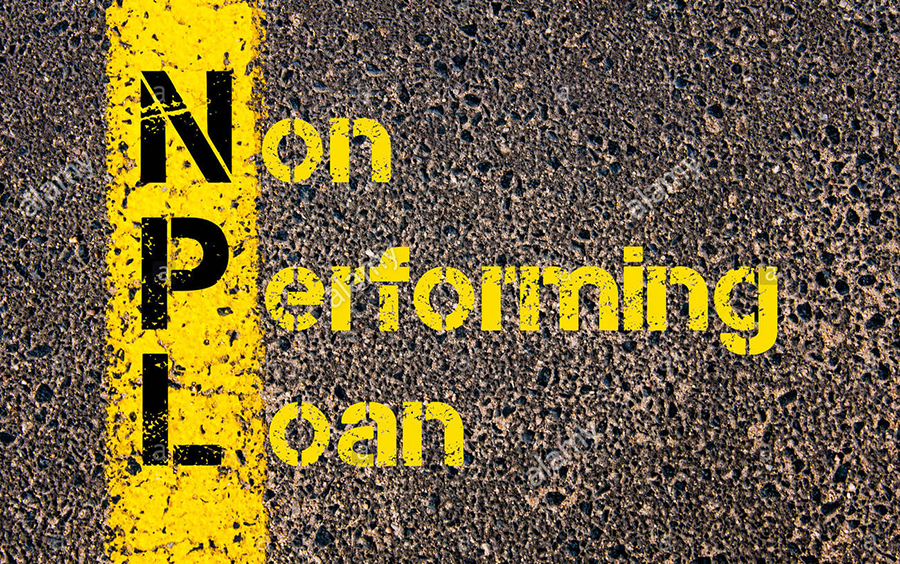The Nigerian banking industry witnessed a 14% rise in Non-Performing Loans (NPLs) in the first half of 2020 ending a 2-year trend of continued decline in NPLs, since Q3 2018.
According to the latest banking sector report released by the National Bureau of Statistics (NBS), non-performing loans in Nigerian banks increased to N1.212 trillion at the end of June 2020, from N1.059 trillion recorded in December 2019, indicating that NPLs across Nigerian banks rose by N152.4 billion or 14.38% in six months.
READ: Oil firms’ debt status: How it affects Nigerian banks
Oil & Gas sector, Construction, others lead the pack
A cursory look at the report reveals that the number of loan defaulters may have started to rise across Nigerian banks.
- At the end of H1 2020, Oil and Gas sector contributed the largest share to NPLs in Nigerian banks, recording a significant 22.2% increase in NPLs from N219.91 billion recorded at the end of Q4 2019 to N268.79 billion in Q2 2020.
- Construction recorded a 93.4% increase, from N86.79 billion in Q2 2019 to N167.86 billion in Q2 2020.
- One of the biggest contributors to NPLs in Nigerian banks was Commerce and Trade as it recorded a significant 17.5% rise from N146 billion to N171.55 billion at the end of Q2 2020.
- Meanwhile, despite the rise in NPLs across critical sectors, some sectors including agriculture, transportation, power & energy, and education recorded a decline.
READ: Banks lay-off 2,477 staff during lock-down
Why the rising trend?
The recent upward trend in Non-Performing Loans is mostly attributed to non-payment of loans by bank obligors due to the covid-19 induced lockdowns. Nigerian banks have also seen their asset quality decline due to the fall in oil prices.
Earlier in the year banks cut a deal with the CBN as they were granted regulatory forbearance in the restructuring of loans. Over 33% of industry loans are expected to be restructured as part of the deals signaling the spate of economic crunch that has hit the private sector.
READ: Five things to consider before securing a loan
A recent Meristem report seen by Nairametrics forecasts further deterioration of asset quality.
A further deterioration in asset quality is likely to occur, particularly for vulnerable sectors like Oil and Gas, Manufacturing and Agriculture. This may however be mitigated by the planned restructuring of33% of industry loans.” The report highlights.
Despite the headwinds expected, the CBN appears satisfied with the level of non-performing loan ratios as highlighted in its July monetary policy communique.
“The Committee noted the decrease in NPLs ratio to 6.4 percent at end-June 2020 from 9.4 percent in the corresponding period of 2019, on account of increased recoveries, write-offs and disposals. The Committee expressed confidence in the stability of the banking system and urged the Bank to monitor the compliance of DMBs to its prudential and regulatory measures to sustain the soundness and safety of the banking industry.” CBN
READ: GTBank, Access Bank, 11 others pay workers N271.64 billion in H1 2020
Bottom Line
At N1.2 trillion Nigeria’s non-performing loans are still relatively low compared to previous years. However, there is concern that this may not be the true reflection of bad loans in the country considering the imminent recession and level economic crunch in the country.
Against the backdrop, pressure may start building on the banks, whose loan books have been hit by Nigeria’s shrinking economy, plunging currency, and foreign exchange shortages, following the slump in oil prices.
Projections by EFG Hermes, reveal that as a result of the current economic challenges, as well as what it calls ‘CBN’s erratic and unorthodox policies over the past five years’, banks are expected to write off around 12.3% of their loan books in constant currency terms between 2020 and 2022, the highest of all the previous NPL crisis faced by financial institutions within the nation.
Download the Nairametrics News App
